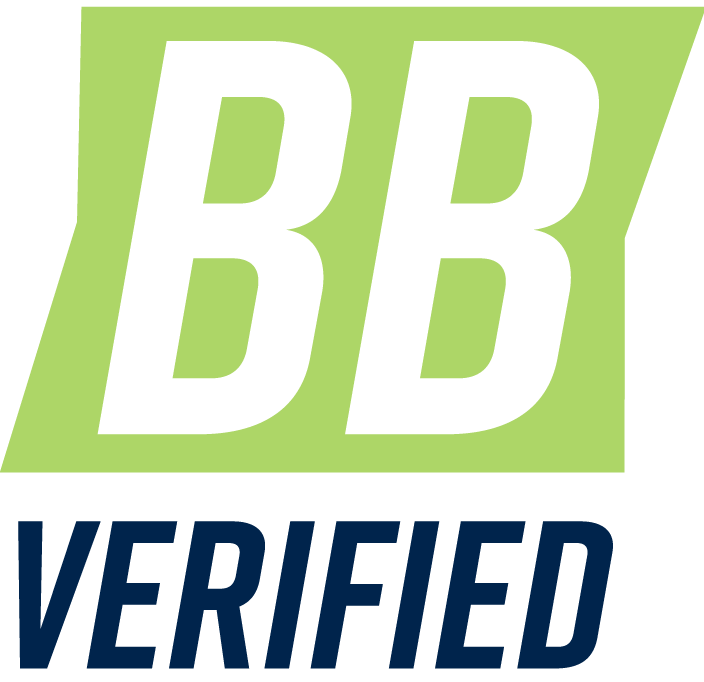DIY Roof Maintenance Tips to Extend Roof Life
Maintaining your roof is essential to extending its lifespan and protecting your home from costly damage. Regular roof care doesn’t have to be complicated — simple tasks like inspecting for damaged shingles, cleaning gutters, and removing debris can make a big difference. By performing seasonal checks and handling small repairs promptly, you’ll prevent leaks, improve energy efficiency, and save on major repairs down the road.
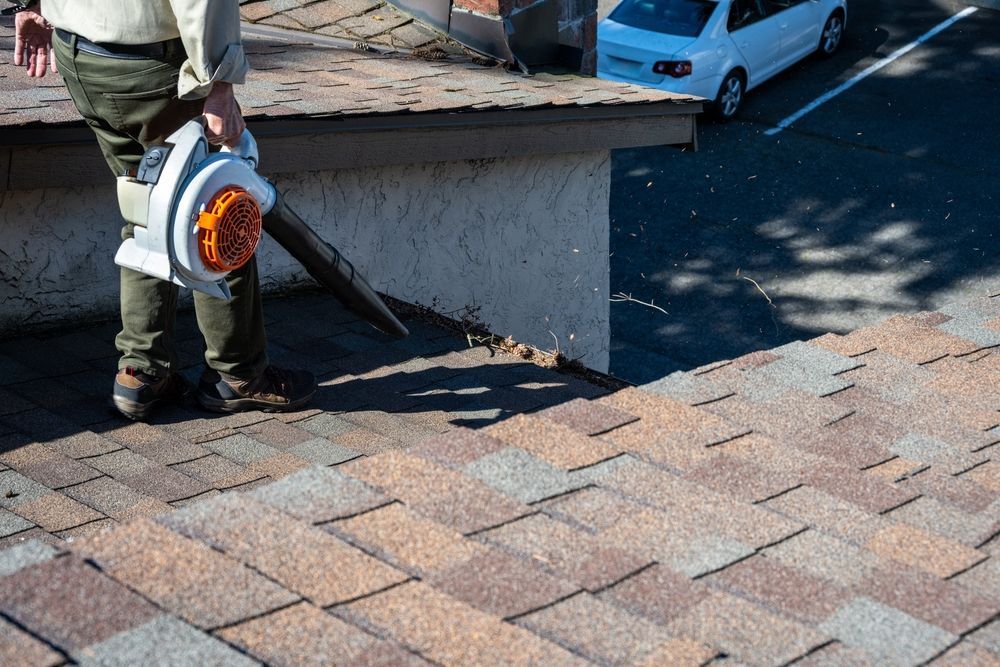
How to Inspect Your Roof Safely and Effectively
Regular roof inspections are vital for spotting potential issues before they escalate into costly repairs. However, safety should always come first when performing any roof work. Follow these tips to inspect your roof safely and effectively.
Roof Work Safety Best Practices
Before you start, make sure you're prepared. Wear proper footwear with good grip, especially if the roof is steep or wet. Always use a safety harness and secure it to a stable point. Working with a partner can also improve safety, as they can help monitor your progress or call for help if needed.
Minimizing Roof Traffic to Prevent Damage
Limit walking on your roof to avoid unnecessary damage. Stick to sturdy, reinforced areas, and avoid stepping on weak spots or sagging areas. This reduces the risk of shingle damage or creating weak points in the roof structure.
Key Areas to Check During Inspections
Focus on high-risk areas like shingles, flashing, and vents. Look for cracked or missing shingles, inspect flashing around chimneys and skylights for gaps, and ensure vents are clear of debris. Conduct these inspections, especially after storms, which can cause hidden damage.
Seasonal Roof Care
Proper roof maintenance requires adapting to the unique challenges each season brings. By taking the right steps during the fall, winter, and spring, you can protect your roof from common seasonal hazards and extend its life.
Fall Roof Care Tips
Fall is a crucial time for roof maintenance, as leaves and debris can quickly accumulate, leading to blockages and water damage.
Remove Leaves, Moss, and Algae
In the fall, leaves, moss, and algae can collect on your roof and in your gutters. If left unattended, they can trap moisture, leading to rot or mold growth. Cleaning your roof and gutters prevents these issues and ensures proper drainage as winter approaches.
Trim Overhanging Tree Branches
Fall is also the best time to trim overhanging tree branches. These branches can rub against your roof and loosen shingles, or break during a storm, causing significant damage. Trimming them helps safeguard your roof against winter weather and falling debris.
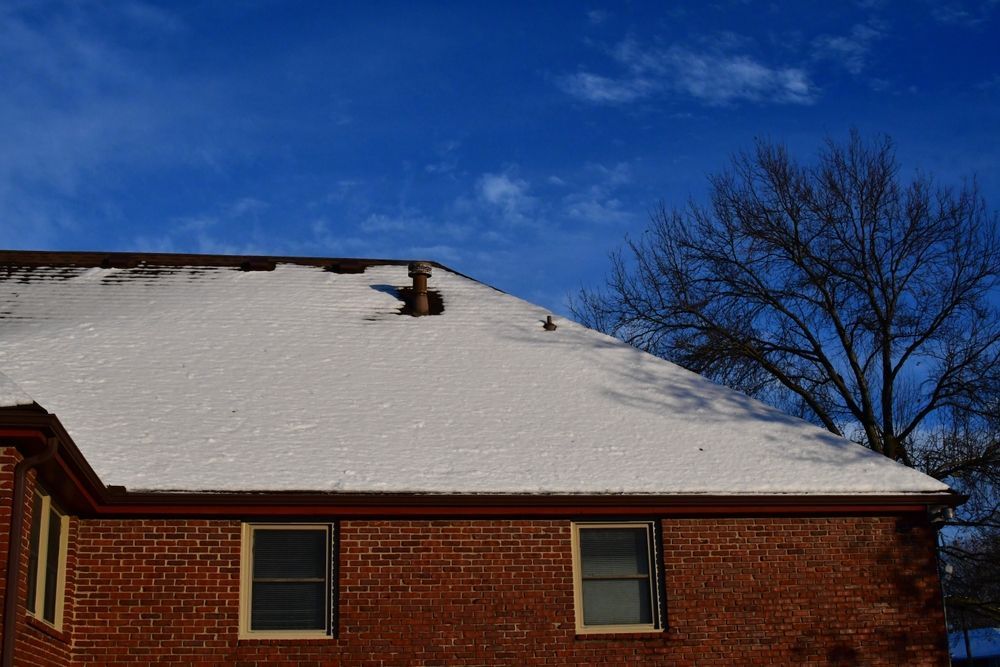
Winter Roof Care
Winter brings cold temperatures, ice, and snow, all of which can put stress on your roof.
Prevent Ice Dams and Ensure Proper Insulation
Ice dams form when heat escapes from your attic, melting snow on the roof that then refreezes near the edges. This can cause water to back up under shingles. To prevent ice dams, ensure your attic is properly insulated and ventilated. Keeping attic temperatures consistent with the outside helps avoid snow melt.
Check for Snow and Ice Accumulation Damage
Heavy snow can add excessive weight to your roof, causing damage over time. After major snowfalls, inspect your roof for any sagging or cracks and carefully remove snow buildup with a roof rake to avoid further strain or shingle damage.
Spring Roof Inspection and Cleanup
Spring is the perfect time to inspect your roof for damage caused by winter’s harsh conditions.
Look for Shingle Damage
Winter weather, especially ice and snow, can cause shingles to crack, curl, or become loose. During your spring inspection, carefully examine your shingles for any signs of wear, replacing damaged ones before summer storms hit.
Inspect Flashing and Chimney Seals
Winter freeze-thaw cycles can weaken flashing and chimney seals, leading to leaks. Check these areas for gaps or deterioration, and reseal them as needed to ensure they remain watertight before the rainy season.
Roof Cleaning Tips: Keeping Your Roof in Top Condition
Regular cleaning is essential for maintaining your roof’s health and longevity. By removing debris, moss, and algae, you can prevent structural damage and extend your roof’s life.
Best Practices for Cleaning Gutters and Roof Surfaces
Cleaning gutters and roof surfaces helps prevent water damage, leaks, and mold growth. Start by safely accessing your roof using a sturdy ladder. Wear non-slip shoes and always work with a partner for added safety. Use a gutter scoop or a small trowel to remove leaves, dirt, and debris from gutters, followed by a garden hose to flush out any remaining particles. For roof surfaces, a soft-bristle broom or a leaf blower is ideal for gently removing debris without damaging shingles. Avoid using power washers, as they can strip shingle granules and cause more harm than good.
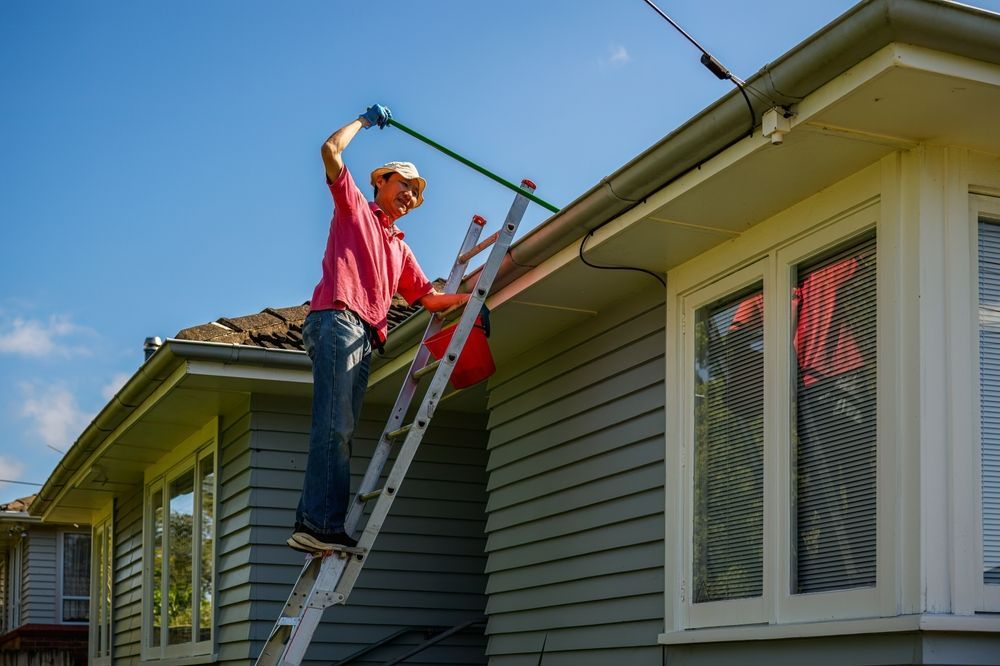
Treating and Preventing Moss and Algae Growth
Moss and algae thrive in damp, shaded areas of your roof, which can lead to rot and deterioration over time. To remove moss, apply a 50:50 mixture of water and bleach or use commercial moss-removal products. Let it sit for about 20 minutes, then gently scrub with a soft brush and rinse thoroughly with water. To prevent future growth, install zinc or copper strips near the roof peak—rainwater will carry trace metals down the roof, inhibiting moss and algae formation. Additionally, trim nearby trees to increase sunlight exposure and reduce moisture buildup.
Common Roof Problems to Watch For
Routine roof inspections can help you catch common issues before they lead to costly repairs. Here are a few key problems to keep an eye out for.
How to Spot Shingle Granule Loss
Granule loss is one of the first signs that your shingles are aging or damaged. You’ll often notice granules collecting in gutters or downspouts. If your shingles look worn or appear patchy in color, they may be losing their protective granule coating, leaving the underlying material exposed to UV damage and weathering. Consistent granule loss is a sign that your roof may be nearing the end of its lifespan and could require replacement in the near future.
Flashing, Vents, and Chimney Inspection Tips
Flashing, vents, and chimneys are common spots for leaks due to their exposure to harsh weather and temperature changes. After each season, inspect flashing around chimneys, vents, and skylights for cracks, rust, or gaps. Check that all seals are intact and watertight. Look for any loose or lifted flashing, which could allow water to seep into your home. Chimneys should be examined for crumbling mortar or cracks in the seal between the roof and chimney base. Properly maintaining these vulnerable areas will prevent leaks and water damage from developing over time.
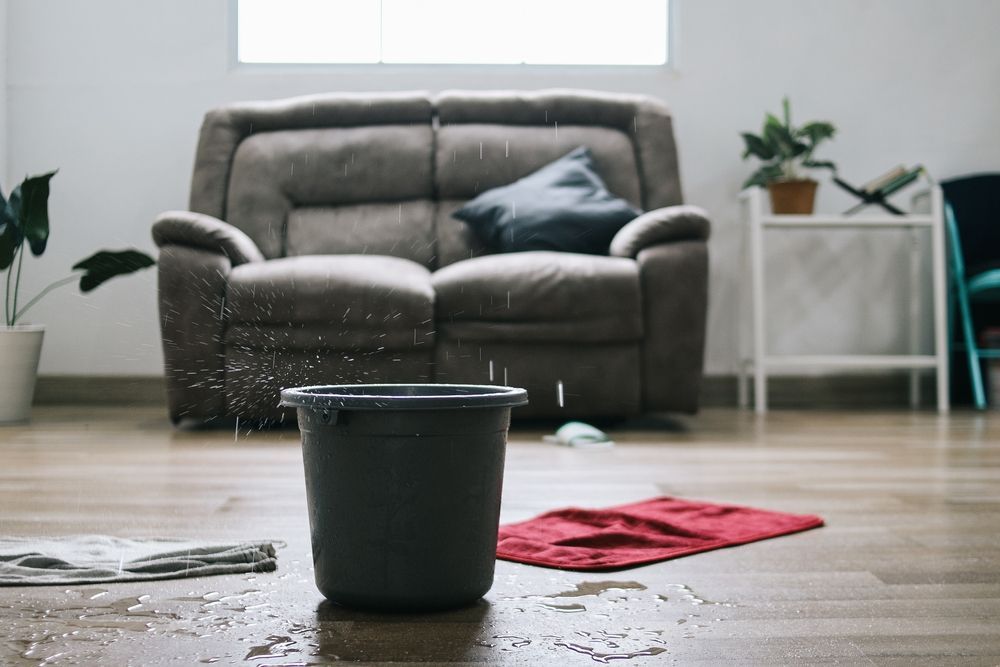
When to Call a Professional for Roof Repairs
While DIY roof maintenance can save you time and money, some roof problems are too serious to tackle on your own. Knowing when to call a professional can save you time, prevent further damage, and keep your home safe.
If you notice large leaks, significant sagging, or widespread shingle loss, it’s time to call a roofing professional. These issues could indicate structural problems that require specialized expertise.
Large leaks, especially around chimneys or skylights, can lead to water damage inside your home, while sagging may suggest compromised roof decking or support beams. Attempting to fix these problems without proper tools or experience could worsen the damage or lead to injury.
Similarly, if you see major storm damage—such as large sections of missing shingles or punctures from fallen branches—leave it to the experts to assess and repair the damage safely and efficiently.
If you’re unsure whether your roof issue needs professional attention, it’s always a good idea to get a consultation. Most roofing companies offer inspections, so you can get peace of mind knowing your home is in good hands.
The Bottom Line
Regular roof maintenance is key to extending its lifespan and avoiding costly repairs. By inspecting your roof, cleaning gutters, and performing seasonal tasks, you can keep your home protected year-round. However, some issues—like large leaks or structural damage—require professional help. Don’t wait until small problems turn into big headaches. Visit Better Buyer’s directory today to find trusted roofing experts and contractors who can keep your roof in top shape and ensure your home stays safe.
Discover
excellent
local
businesses!
Our unique content—articles, ratings, reviews, and videos—help consumers make better purchasing decisions while promoting companies striving to provide customer service excellence.
| Recently Added |
|---|
| Accounting |
| Chiropractors |
| HVAC |
| Moving |
| Physical Therapy |
| Plumbing |
| Windows and Doors |
Is
your
business
in our
directory?
Update your business information to become more visible in our directory. Your lead form will also be activated.
Find your company >





